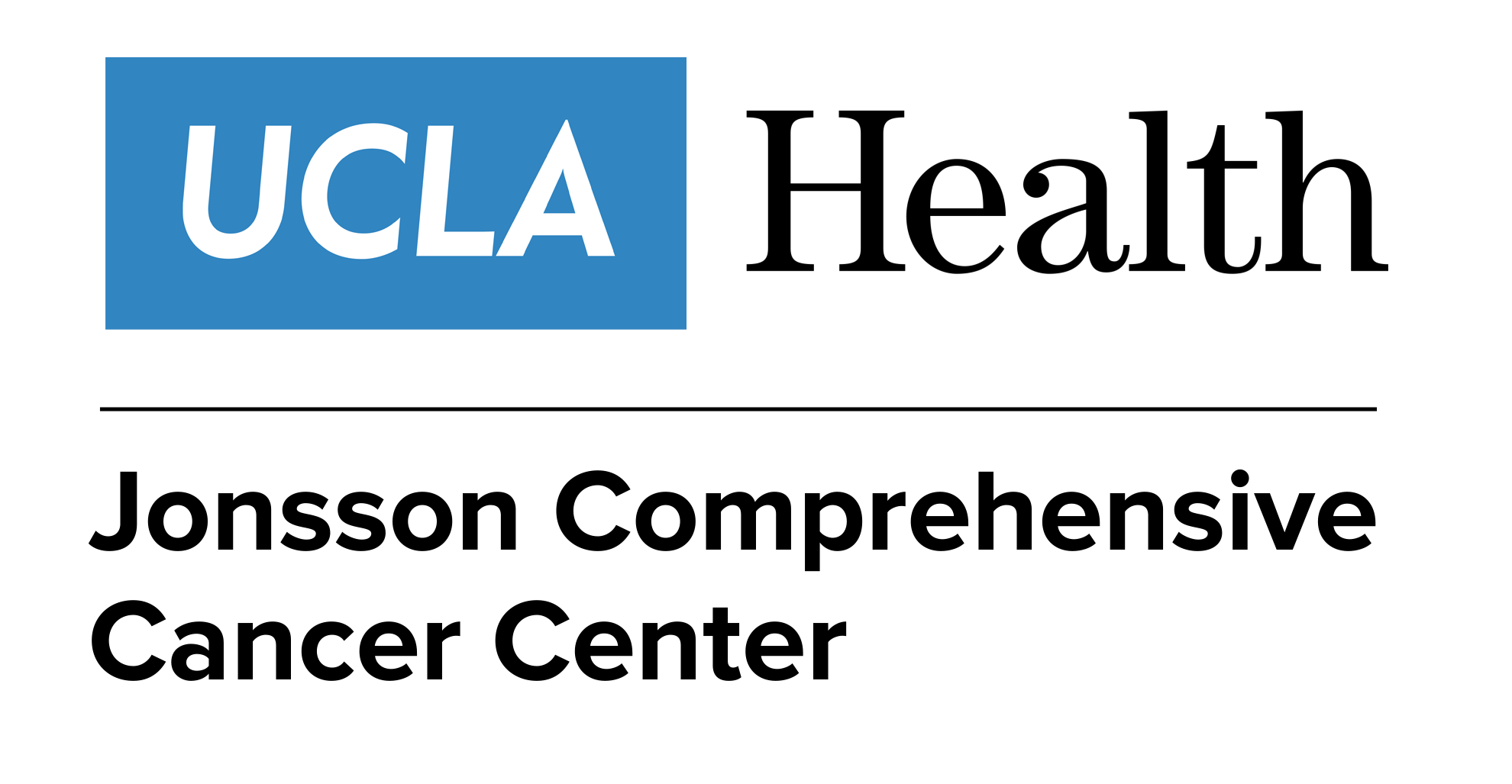
- April 2023
- Volume 17
- Issue 2
Precision Medicine Advances Represent New Paradigm in Cancer Care

Precision medicine is a term that has been in our oncology language for years, but changes are occurring quickly. As oncology nurses, we need to learn about genomics and biomarkers and what precision medicine means for patients’ outcomes.
Precision medicine is a term that has been in our oncology language for years, but changes are occurring quickly. As oncology nurses, we need to learn about genomics and biomarkers and what precision medicine means for patients’ outcomes.
What is precision medicine or, as it is sometimes referred to, personalized medicine? In cancer care, precision medicine uses information about the patient’s tumor to diagnose, treat, monitor treatment, and/or make a prognosis. Understanding specific drivers in different tumors allows care providers to target those drivers with the most appropriate and effective treatment. Precision medicine first appeared in cancer care in 1977, when the FDA approved tamoxifen (Soltamox) as adjuvant therapy for postmenopausal women with estrogen-driven breast cancer.1 Forty-five years have passed, and tamoxifen is still a precision treatment used in estrogen receptor (ER)–positive breast cancers. This is an early example of biomarker-driven treatment. In 2004, an assay for HER2 expression was approved by the FDA, which led to the precision treatment of women with HER2-positive breast cancer with trastuzumab (Herceptin). It’s exciting to recognize today that HER2-expressing tumors can be managed with multiple targeted therapies.
Oncology nurses should seek to understand the difference between genetics and genomics. According to the National Human Genome Research Institute, genetics is the study of individual genes. In contrast, genomics studies the entire genome: all the genes in an organism, interactions among the genes, and the environment’s role in affecting them. Genetics are what you have inherited and can pass on, whereas genomics represent where you are now as an individual and the interactions between your other genes and the environment.
Understanding the difference between biomarkers and variants is also critical to patient education. According to the Oncology Nursing Society, a “biomarker is a biological molecule found in blood, other body fluids, or tissues that is a sign of a normal or abnormal process or a condition or disease. A biomarker may be used to see how well the body responds to a treatment for a disease or condition.”2 The term biomarker is inclusive and may seem vague, but many oncology nurses already use them in practice (eg, HER2, ER/progesterone receptor, Ki-67, BRCA1, etc).
A tumor marker is anything present in or produced by cancer cells or other cells in response to cancer. These markers provide information about that cancer and include CEA, prostate-specific antigen, CA15-3, and CA27. Tumor markers have traditionally included proteins or other substances that are made in larger quantities by cancer cells than normal cells. They can typically be found in blood, urine, stool, tumors, or other tissues or bodily fluids. It is important to remember that all tumor markers are biomarkers, but not all biomarkers are tumor markers.3-5
Previously referred to as mutations, tumor variants are alterations in the most common DNA/RNA nucleotide sequence. They are defined by the type of DNA/ RNA error they are exhibiting. Variants may be benign, pathogenic, or of unknown significance. They may be germline (inherited) or somatic (acquired). Some examples of variant types include deletions, duplications, or insertions. Two important terms to keep in mind when thinking about variants are driver and passenger. Driver variants are those which give a cell a growth advantage. In contrast, a passenger variant does not play a role in tumor development.6
There are multiple types of biomarkers, including diagnostic, prognostic, and predictive. Diagnostic biomarkers can detect or confirm the presence of disease or diagnose a specific disease subtype. Prognostic biomarkers can be used to assess the likelihood of certain clinical events, such as disease recurrence or progression. A great example of a prognostic biomarker test is Oncotype DX. It helps guide decisions on the potential benefit of chemotherapy for women with earlystage breast cancer by providing information on whether the cancer will return or whether they are likely to benefit from chemotherapy.7
Predictive biomarkers indicate whether an individual is likely to experience favorable or unfavorable responses to treatment. For example, patients with BCRA mutations are likely to respond to PARP inhibitors.2
The use of genomic testing offers many opportunities for nurses to learn, understand, and be comfortable with tumor testing reports and how genomic testing drives treatment decisions. Oncology professionals should start with patient education that includes any potential germline risk and make referrals to genetics professionals for evaluation. Nurses should anticipate that they will be working closely with genetics professionals to ensure the best possible care for patients. Genetics professionals can provide recommendations regarding care and longterm follow-up. A great resource is the biomarker database, which was created by oncology advance practice nurses and the Oncology Nursing Society. You can find this resource at https://biomarkers.ons.org.
Germline and tumor genomic testing are components of precision medicine to select the best cancer prevention, treatment, and prediction recommendations. It is time to rethink how biomarker testing drives cancer care across the trajectory. This is the new paradigm in cancer care. Oncology nurses must remain current with this information to provide effective, knowledge-based treatment and education for patients.
References
- Lukong KE. Understanding breast cancer - the long and winding road. BBA Clin. 2017;7:64-77. doi:10.1016/j.bbacli.2017.01.001
- Biomarkers. Oncology Nursing Society. Accessed March 10, 2023.
https://www.ons.org/genomics-taxonomy/biomarkers - Genetics vs. genomics fact sheet. National Human Genome Research Institute. Accessed March 3, 2023.
https://www.genome.gov/about-genomics/fact-sheets/Genetics-vs-Genomics - Daly K. Precision medicine primer and case-based workshop.Poster presented at: 40th Annual Miami Breast Cancer Conference; March 2-5, 2023; Miami Beach, FL.
- Tumor markers. National Cancer Institute. May 11, 2021. Accessed March 3, 2023.
https://www.cancer.gov/about-cancer/diagnosis-staging/diagnosis/tumor-markers-fact-sheet - Kumar S, Warrell J, Li S, et al. Passenger mutations in more than 2,500 cancer genomes: overall molecular functional impact and consequences. Cell. 2020;180(5):915-927.e16. doi:10.1016/j.cell.2020.01.032
- Oncotype DX breast recurrence score® test. Exact sciences. Accessed March 30, 2023.
https://bit.ly/416mSRB
Articles in this issue
Newsletter
Knowledge is power. Don’t miss the most recent breakthroughs in cancer care.































































































